The China Automobile Technology Research Center released the "2025 China Automobile Overseas Intellectual Property Protection Research Report", which provides professional guidance for Chinese auto companies to better move to overseas markets.
The innovation of independent brands overseas is constantly improving
The report shows that the proportion of overseas patent applications of independent automobile brands in my country accounts for about 30% of the total number of patent applications, of which the proportion of valid patents increased by 12 percentage points year-on-year to 47%, indicating that the innovation of independent brands overseas is constantly improving.
Yang Yanding, Director of Dongfeng Motor R&D General Institute: In recent years, we have also been accelerating the patent layout in target markets such as Europe, Southeast Asia and South America. At present, we have actively carried out high-value patent layout in more than 25 countries and regions.
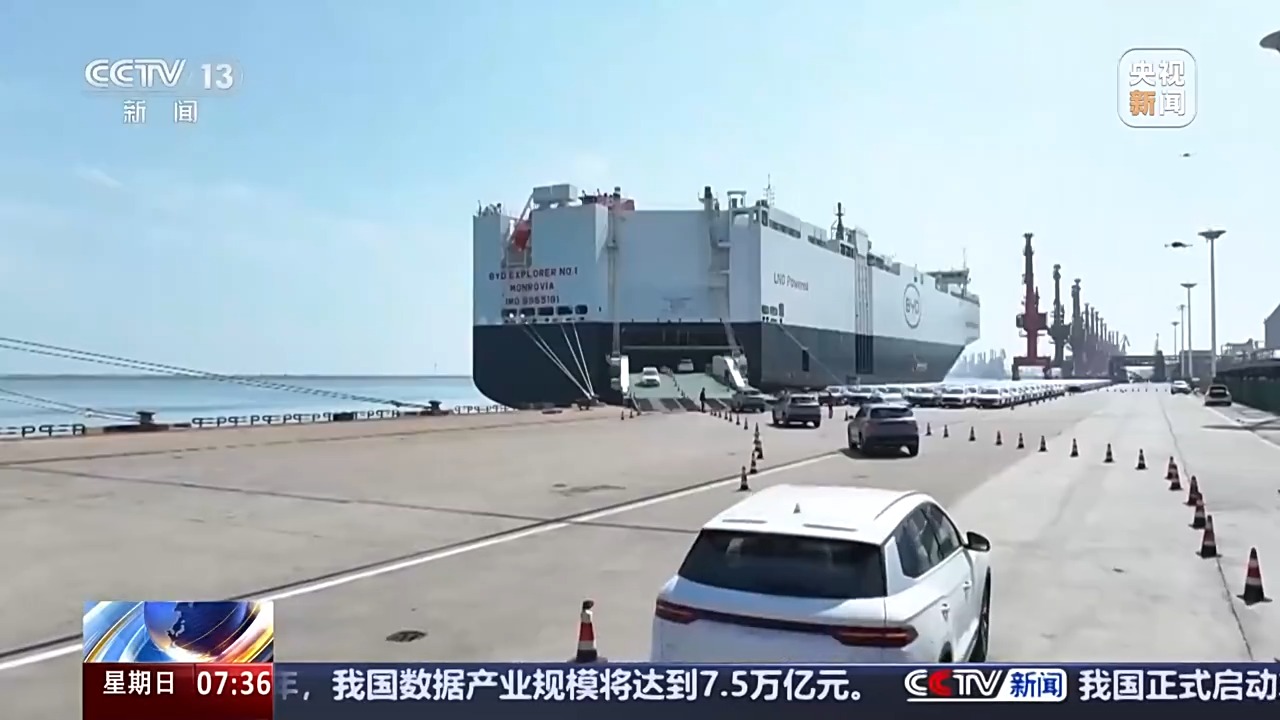
The reporter learned that this report also focuses on the patent layout and litigation status of the global automobile market. Compared with the top 100 domestic and foreign patent applications, it was found that when my country's independent brand car companies laid out overseas through the Patent Cooperation Treaty, nearly 50% of their patents did not enter the target country, which was a certain gap with multinational car companies.
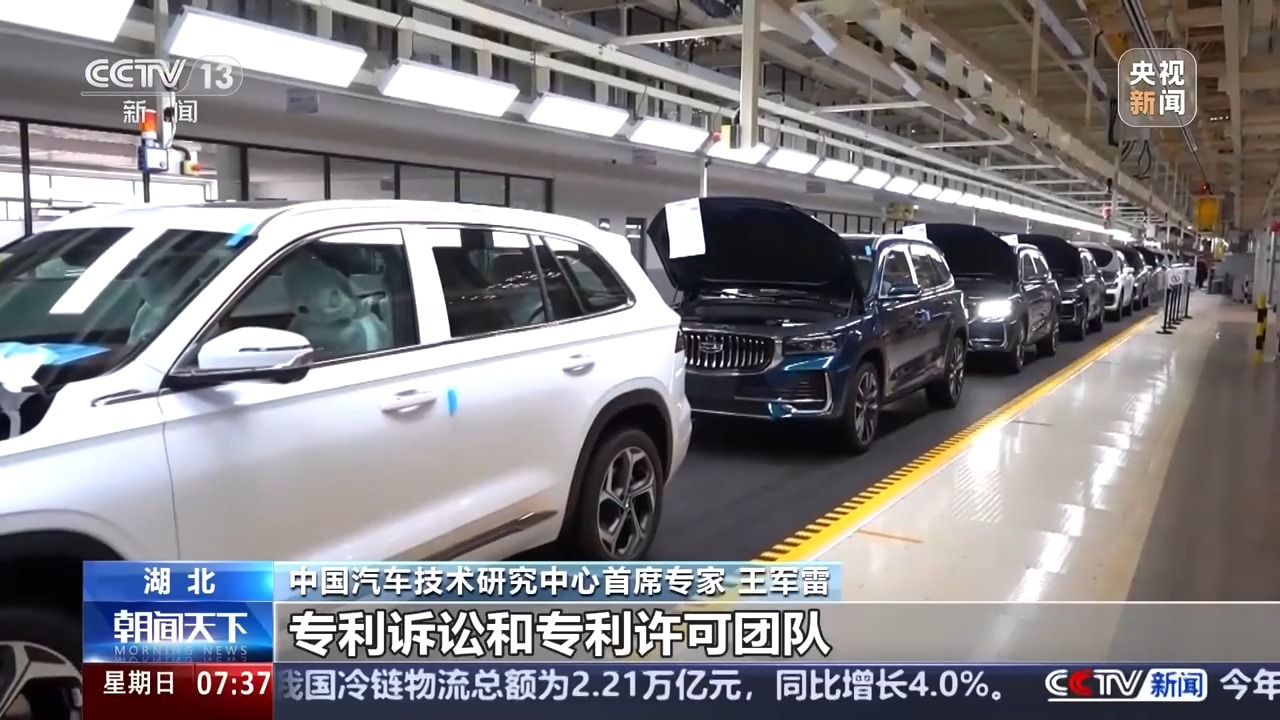
Chief expert of China Automotive Technology Research Center Wang Junlei: The patent layout of automobile companies going overseas should be implemented accurately, with the focus on three synchronizations, simultaneously understand the local intellectual property environment and policy orientations, and simultaneously set up patent litigation and patent licensing teams, and simultaneously connect with local resources of overseas intellectual property rights, and ultimately achieve the improvement of overseas patents from quantity to quality.
Experts: Protecting overseas intellectual property rights requires attention to the three core points
China's automobile "going overseas" pace is accelerating, and challenges in the field of intellectual property rights are becoming increasingly prominent. Experts remind that we should focus on intellectual property protection in three aspects: patents, trademarks and copyrights.
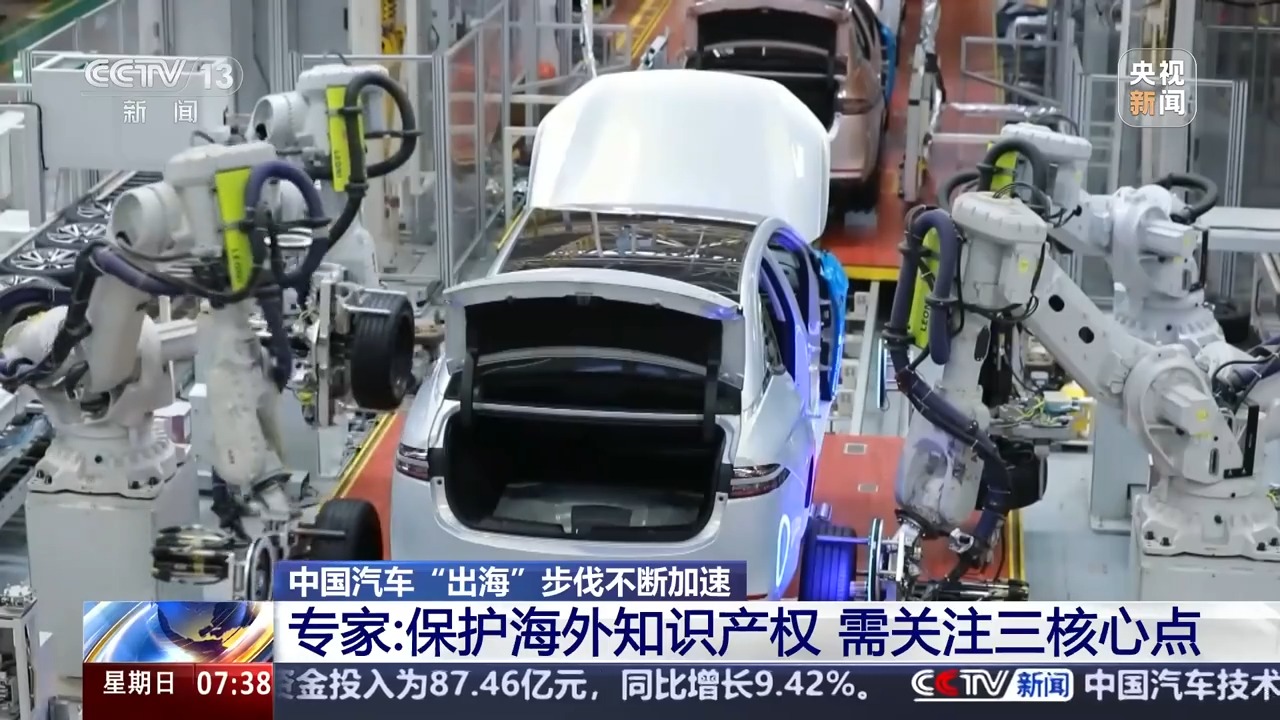
First of all, patent infringement is the primary risk. For example, an intelligent connected car may involve thousands of patents. In the entire process from product research and development design, production and manufacturing to overseas market expansion, the meticulousness of patent layout is crucial. Some companies have encountered insufficient research on the patent situation in the target market in the early stage, and have even faced legal disputes due to patent issues.

Secondly, trademark protection also needs to be paid attention to, among which trademark infringement and trademark registration are the two major risks. Since trademark rights have regional characteristics, completing the trademark registration of the target market in advance is the key to avoiding brand disputes.
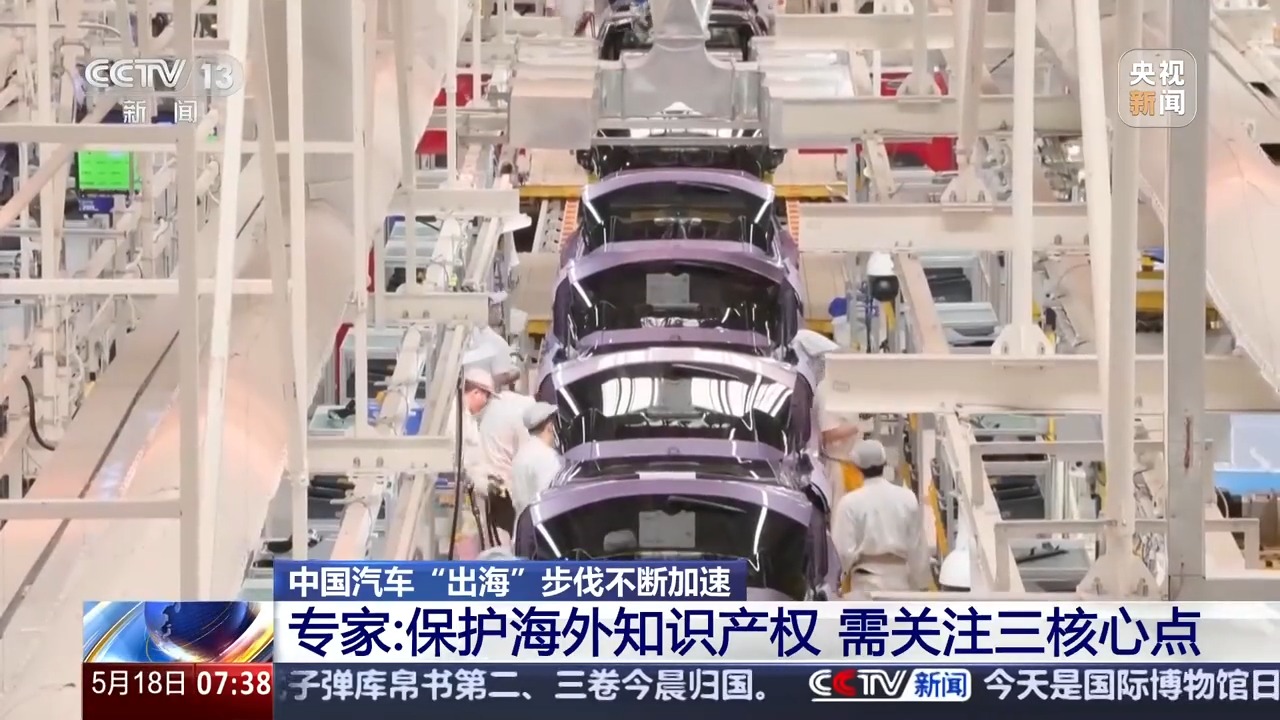
In addition, copyright risks cannot be ignored. Taking the field of product design as an example, creative elements such as car body lines, logos and interior design are all important factors that attract consumers. Experts stress that the original protection of these design elements cannot be ignored. Unauthorized use of other people's designs may constitute copyright infringement.
From passive to active building an intellectual property defense system
Faced with the rising trend of international trade protectionism, my country's auto companies are changing their strategies, from passive to active, and actively building a full-chain intellectual property protection system.
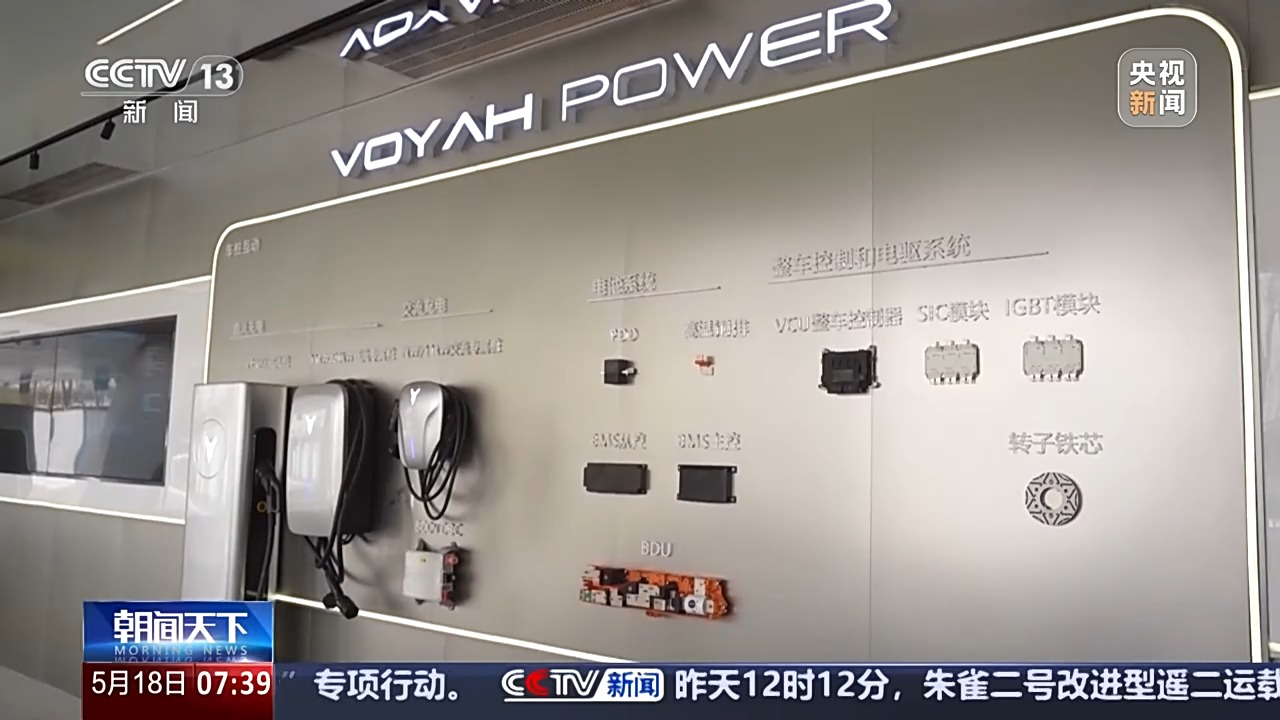
Experts remind that although current overseas litigation disputes in my country mainly focus on the field of automotive parts, we need to be wary of the potential patent risks of key core technologies of automobiles.
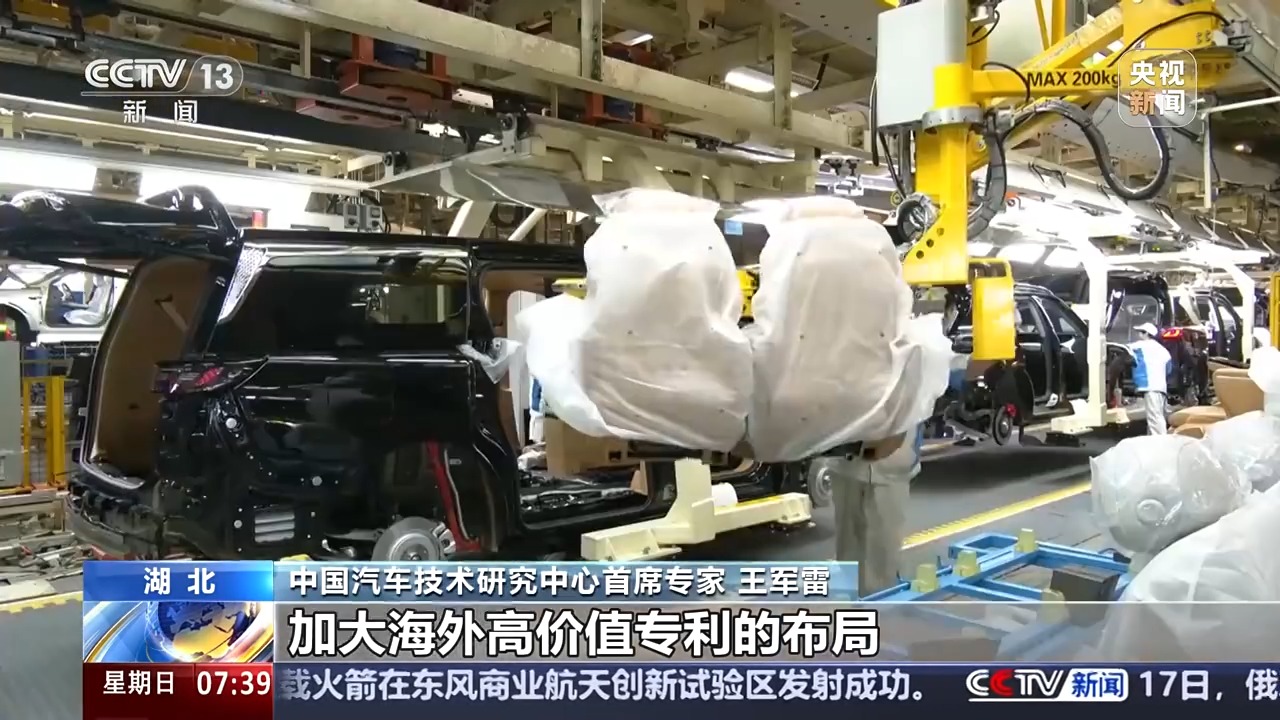
Chief Expert of China Automobile Technology Research Center Wang Junlei: In the future, going overseas is a dual competition between product strength and intellectual property rights. Chinese car companies should pay attention to early warning and response to infringement risk prevention and control, increase the layout of overseas high-value patents, and at the same time integrate patent strategies into the process of globalization.
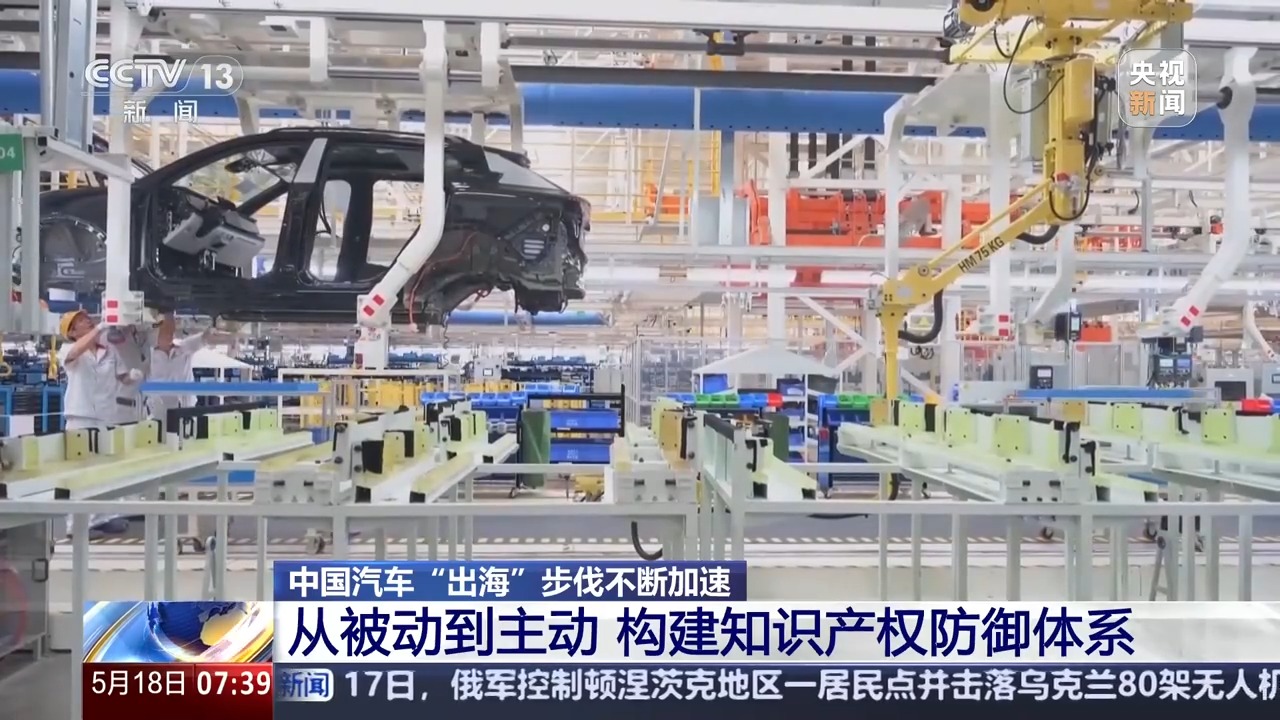
Experts also pointed out that the automotive industry, especially the new energy vehicle field, should establish a mechanism for responding to transnational intellectual property disputes as soon as possible, integrate resources from the government, enterprises, and law firms, improve the supply of overseas intellectual property information, use insurance and other means to reduce the cost of overseas rights protection of enterprises, make full use of service support of third-party professional institutions, and build a more flexible global intellectual property defense system.
(CCTV reporter Luo Hongjin, Hubei Taiwan)